There are a variety of binding methods can can be used for combining separate pages into a finished document. The type of binding may be limited by the paper size and number of pages to be bound. The images below illustrate some of the more popular binding methods we offer that are commonly used in the printing industry. If you have questions about these or other binding methods, use Contact Us in the menu above..
Binding Illustrations
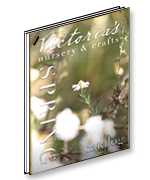 Corner Staple Binding The most economical binding method, a staple is used in the corner to attached pages together. | 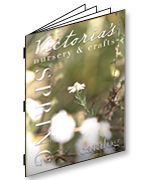 Saddle Stich Binding This inexpensive method binds pages using two or more staples placed along a folded edge. Suitable for 56 pages or less. | 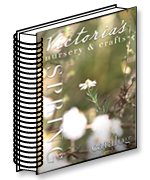 Coil/ Continuous Loop Binding A round plastic or metal coil is wound through the pages to hold them together. Pages bound this way can be opened 360 degrees and can remain flat when open. Available in black (standard ) and other colors including PMS. |
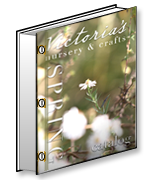 Post Binding Metal screw-together posts are inserted into holes drilled through the stack of paper, holding them together.
| 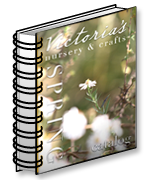 Wire-O Binding Also known as twin-loop binding or double-loop binding. A wire is threaded through small holes in the edge of the paper. The result is very similar in look and function to coil binding. A variety of colors are available. | 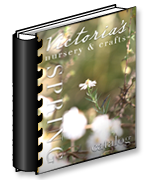 GBC This inexpensive method uses a plastic "comb" that wraps through rectangular holes in the edge of the pages. The plastic comb also forms a spine that covers the edges of the pages. |
|  Tape Binding A strip of tape is applied to the spine of a stack of pages, overlapping the bound edge. The pages are often stitched together before the tape is applied. Limited color range. |
|
| | |
